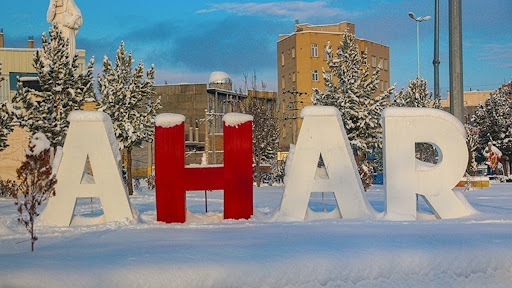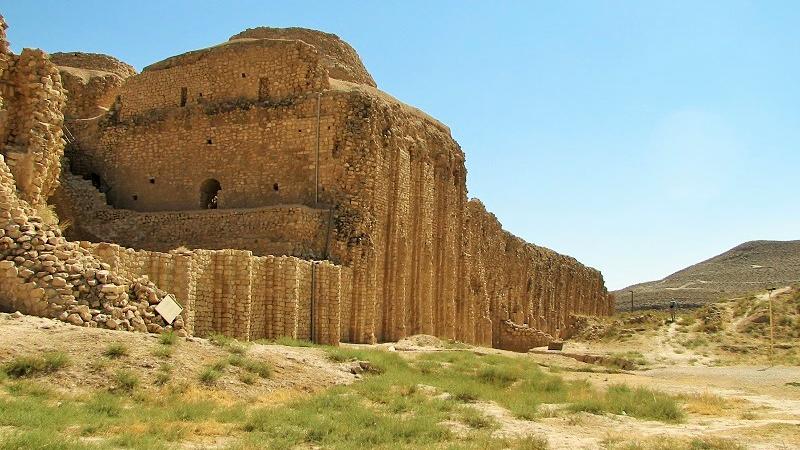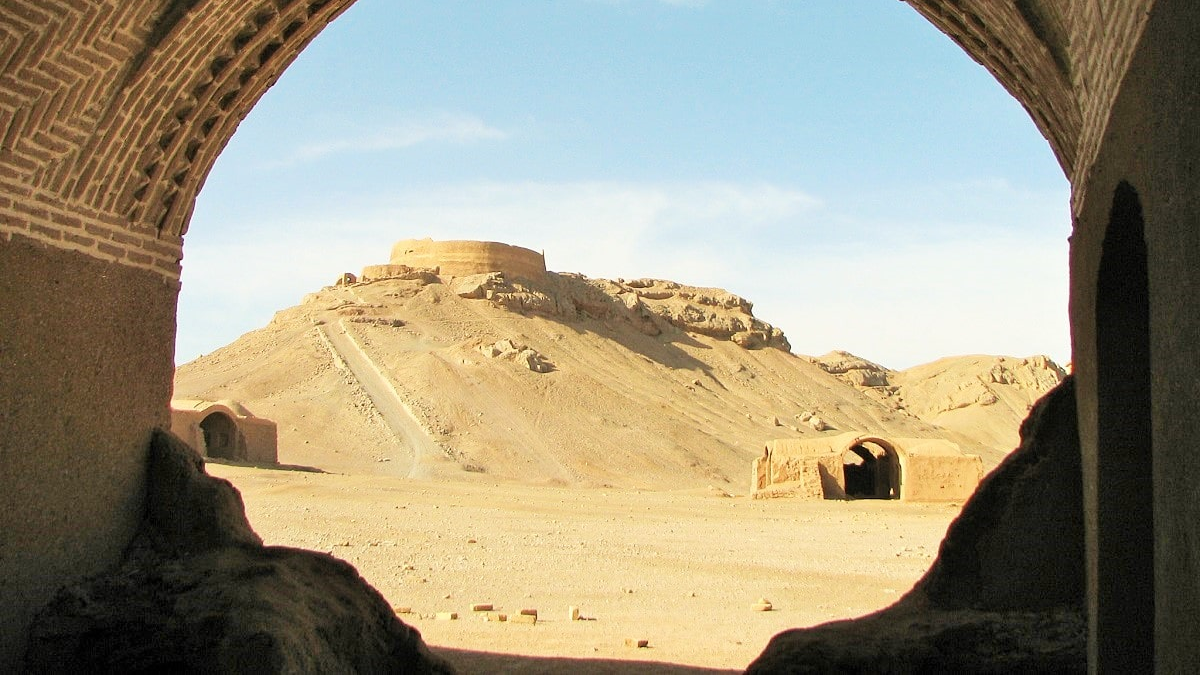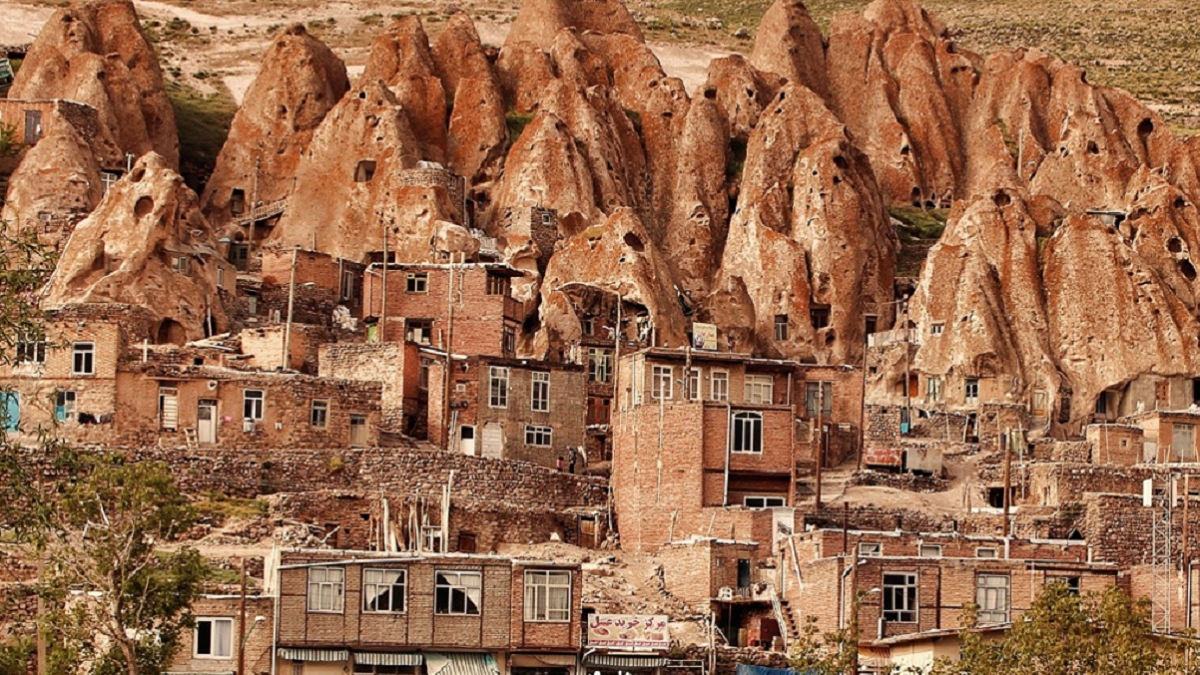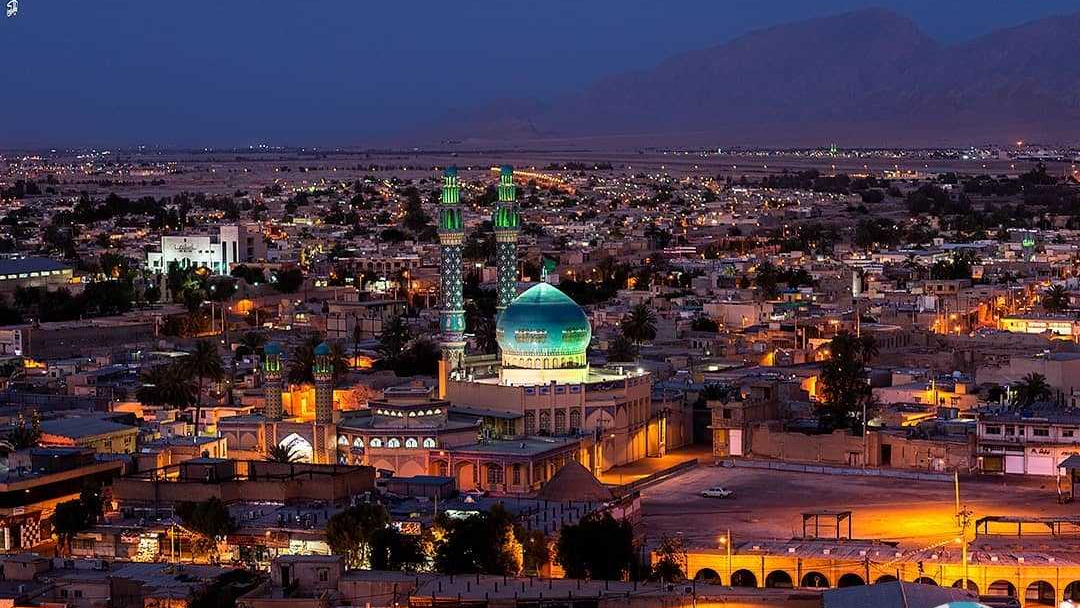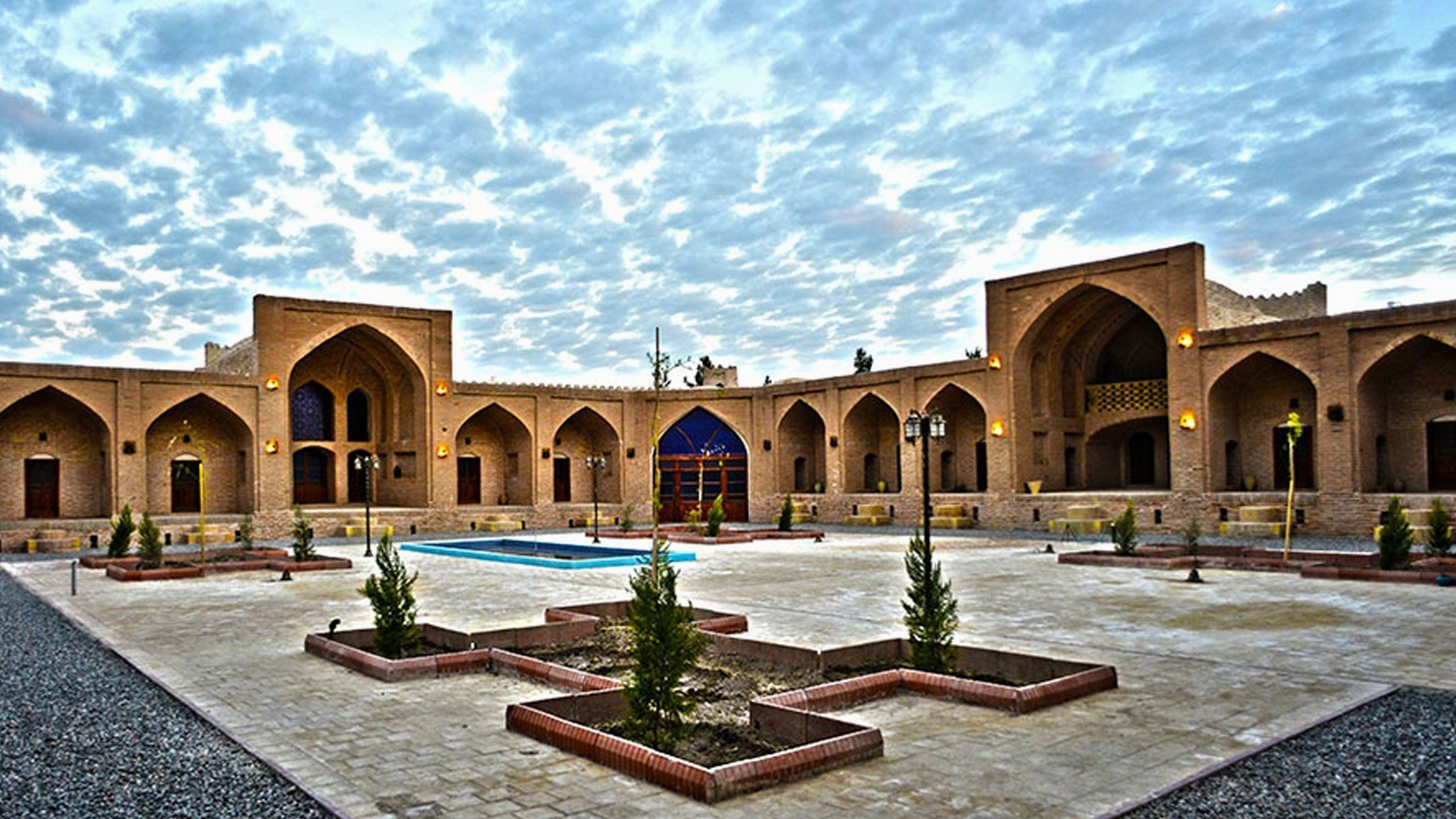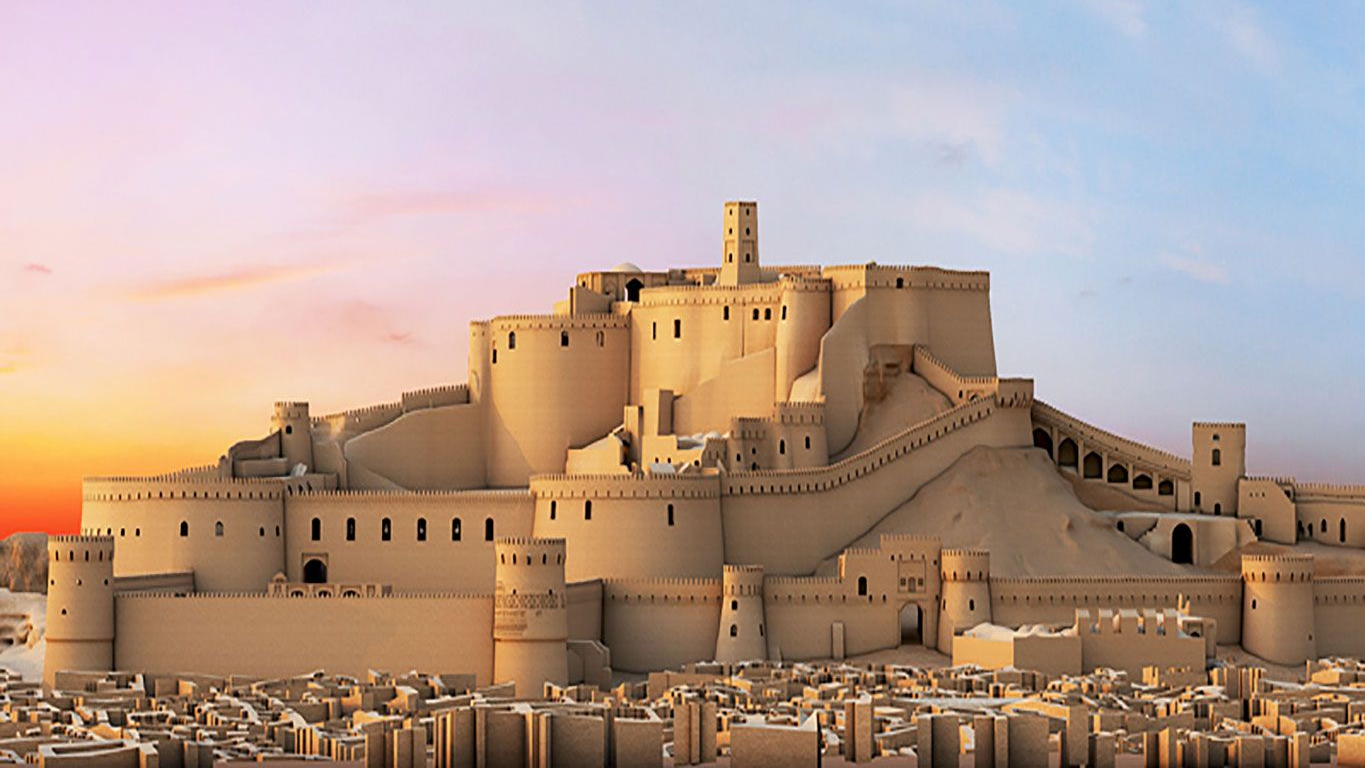
Chahar Menar: The Lesser-Known Neighborhood of Tabriz
Mosques have long been among the most important cultural and social institutions in Iranian communities. Their significant role has meant that historically, each neighborhood often had one or more important mosques. As a result, historic mosques today stand as some of the most valuable remnants of the past.
In Tabriz, recognized as one of Iran’s largest and most important cities, several significant and valuable mosques exist. Some of these mosques were so central to their neighborhoods that the surrounding areas were named after them, such as the Chahar Menar Mosque and Mausoleum, around which the local houses and district took their name.
The Historic Chahar Menar Neighborhood and Its Features
In the past, Tabriz was composed of 24 neighborhoods, and Chahar Menar was one of them. This neighborhood is situated in the northern part of the Tabriz Bazaar, with a significant portion of its area dedicated to the bazaar itself. As a result, the long-time residents of Chahar Menar were among the city’s affluent and influential citizens.
Chahar Menar is bordered to the north by the Mehranrud River (Meydan Chay), to the west by the Rasht-Koocheh and Jameh Mosque neighborhoods, to the east by Darayi Street, and to the south by the Tabriz Bazaar. The neighborhood’s name is derived from the Chahar Menar Mosque and Mausoleum. Despite its high historical value, its proximity to the bustling Tabriz Bazaar has led to less attention being given to the neighborhood itself.
The most significant historical structure in the Chahar Menar neighborhood is the Tabriz Historical Bazaar, which includes schools, mosques, and several smaller bazaars. Other notable historical buildings in the neighborhood include Khan Bathhouse, Kazemiyeh Mosque and School, and a number of caravanserais.Old historical sources mention several other structures, including multiple mosques, which have likely disappeared over time, particularly following the earthquake of January 8, 1780 (18 Dey 1158 in the Iranian calendar).
The Chahar Menar Mosque and MausoleumThe Chahar Menar Mosque and Mausoleum, also known as Imamzadeh Chahar Menar, is considered the symbol of the Chahar Menar neighborhood. Among those buried in this historical complex are Ali ibn Mojahid, the grandson of Zayd ibn Ali and a descendant of Imam Sajjad, the fourth Shia Imam; two Rawadid rulers (Amir Wahsudan and Amir Mamlān); one Seljuk sultan (Mahmud II); and six Aq Qoyunlu rulers — Uzun Hasan, Sultan Yaqub, Sultan Baysunghur, Sultan Rustam, Sultan Ahmad Guda, and Sultan Muhammadi. In the past, there were small rooms on the northern side of the structure containing three graves placed side by side, known locally as “Se Alamdar” (“the three standard-bearers”). Because of the tombs of Ali ibn Mojahid and these three Alamdar, the place also became known as “Chahar Ghabr” (“the four graves”).
It is said that the reason two Rawadid kings were buried in this mausoleum is their deep affection for the descendants of the Prophet of Islam. The Rawadids were a dynasty of Arab-Kurdish origin who ruled from 955 to 1071 CE over territories that today include parts of Iranian Azerbaijan, the Republic of Azerbaijan, Armenia, and Turkey. Their main seats of power were the cities of Tabriz and Maragheh.
From a historical perspective, the original structure of this mosque is estimated to be about 700 years old. Due to its proximity to the Mirza Abolhasan Caravanserai, the building has received considerable attention and has undergone several restoration efforts. The mausoleum is constructed of brick, featuring both minarets and a brick dome known as the “Dome of Amir Mola.” Inside the mausoleum—just as it appears from the outside—there is little decorative work. However, remnants of tilework can be seen in various sections, likely added during later periods. A tall wooden door forms the main entrance to the structure. The interior lighting is provided by several small windows built around the lower part of the dome. Additionally, there are niches and windows in the walls. During the most recent restoration project, carried out in 2020 CE (1399 AH), the building’s structural stability was reinforced, and improvements were made to its interior decorations.
National Registration of the Chahar Menar Mosque, TabrizThis monument was inscribed on the National Heritage List of Iran in 2006.
| Name | Chahar Menar: The Lesser-Known Neighborhood of Tabriz |
| Country | Iran |
| State | East Azerbaijan |
| City | Tabriz |
| Type | Historical |

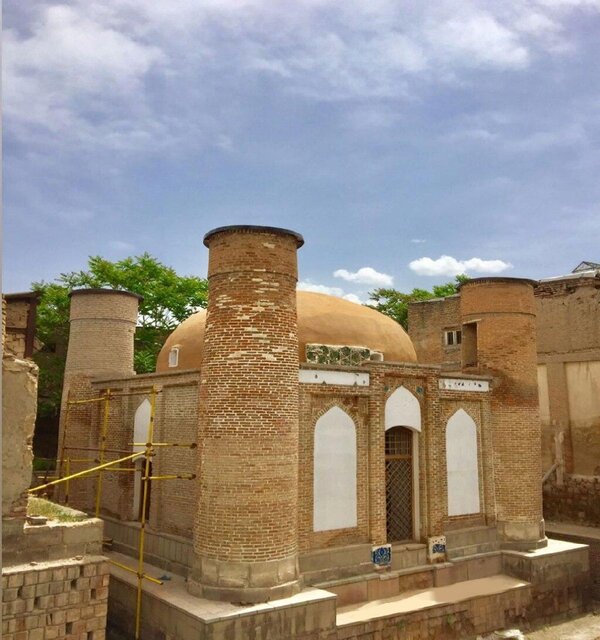
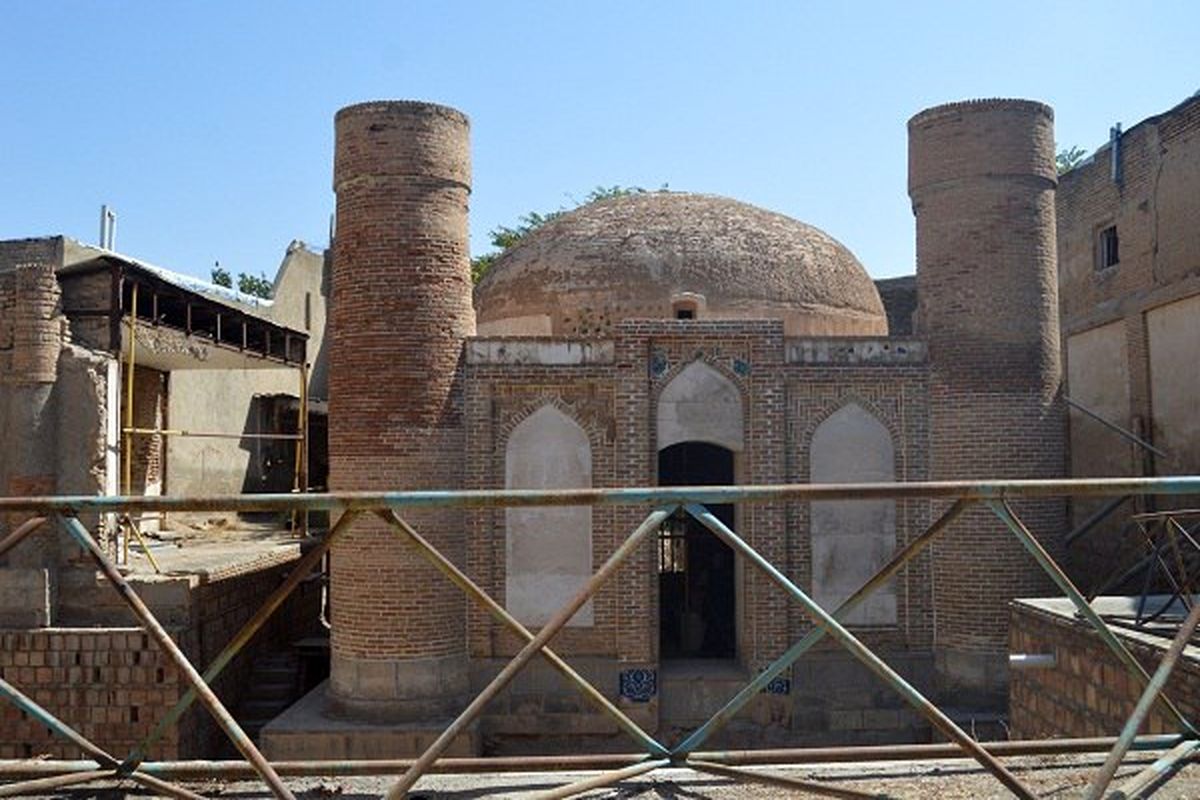
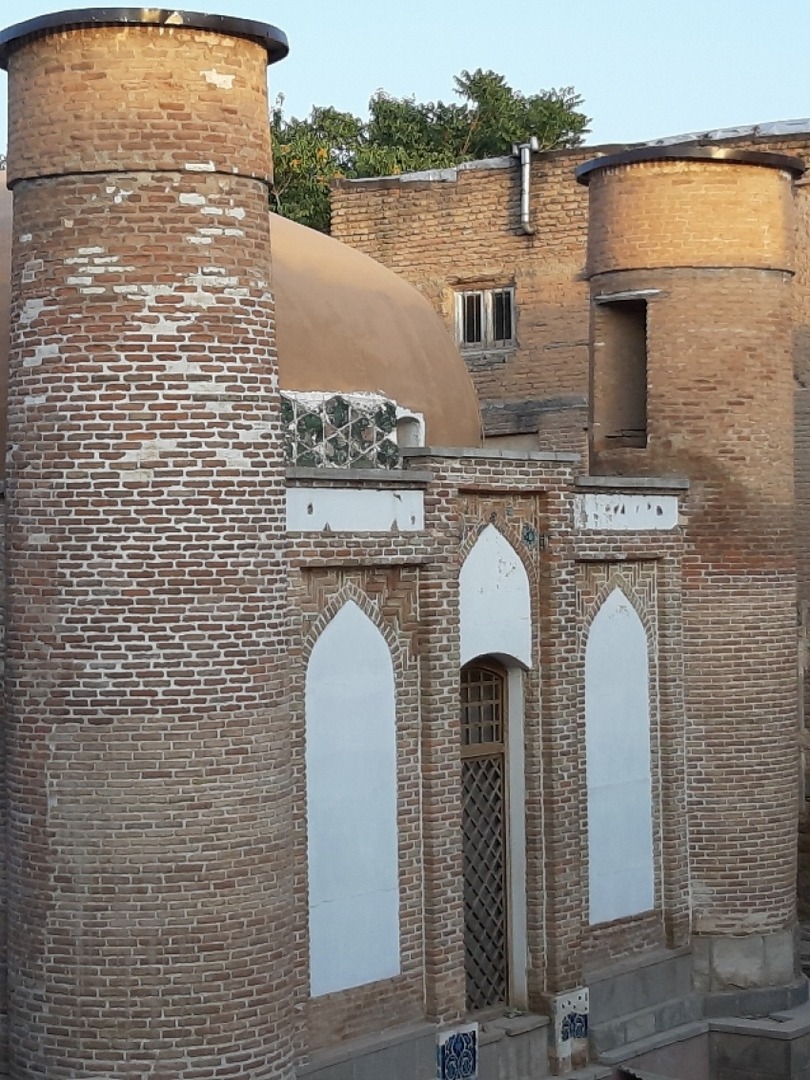




Choose blindless
Red blindless Green blindless Blue blindless Red hard to see Green hard to see Blue hard to see Monochrome Special MonochromeFont size change:
Change word spacing:
Change line height:
Change mouse type:
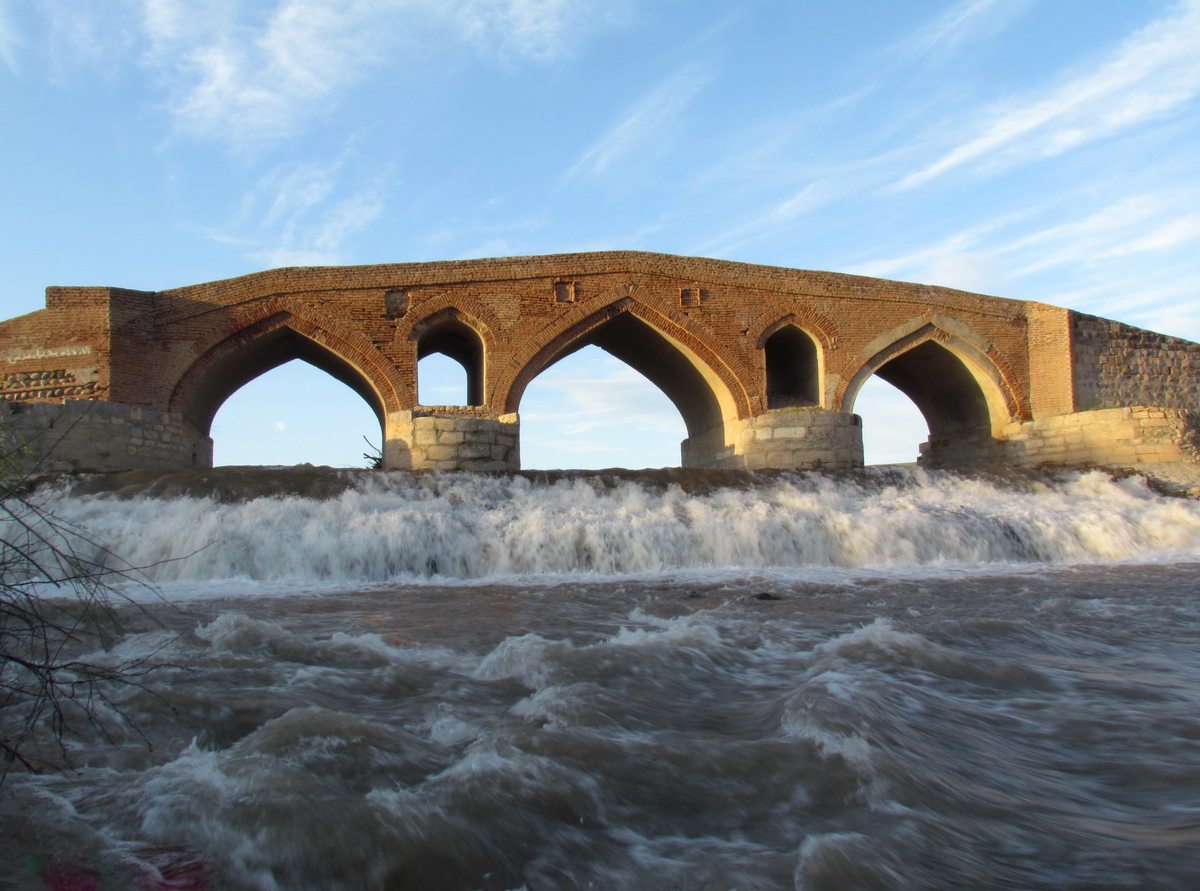
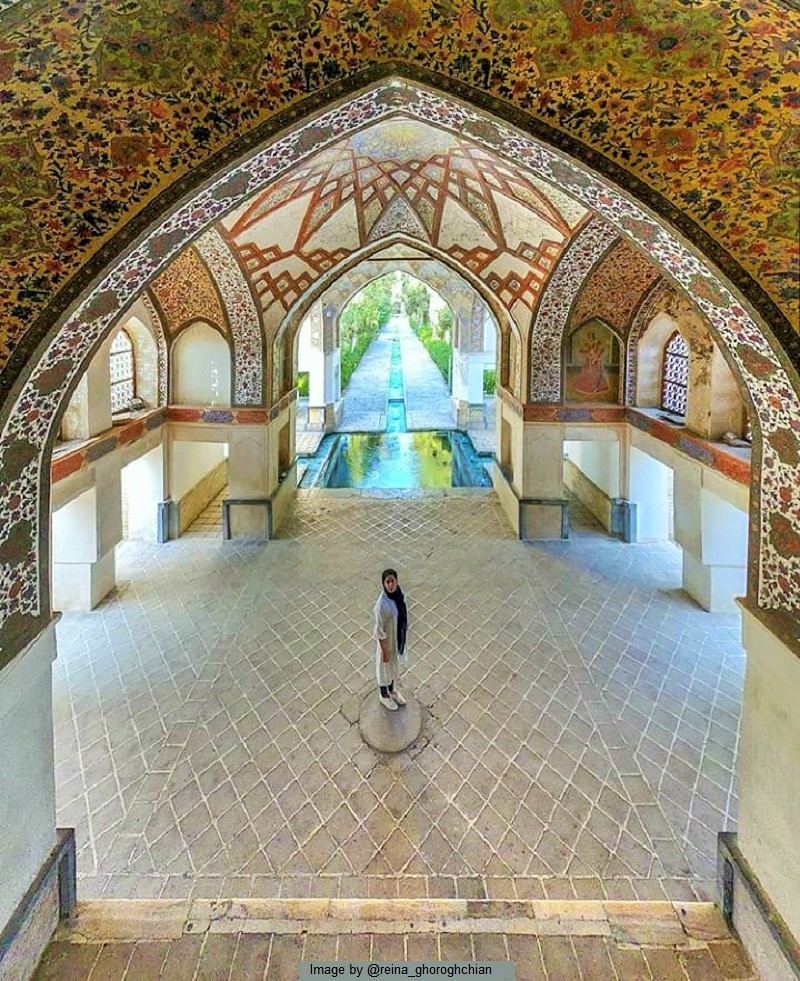
_crop_2.jpg)
